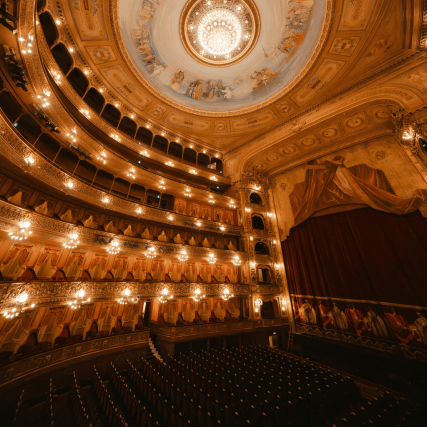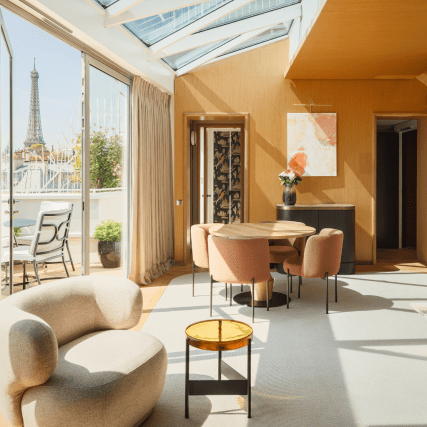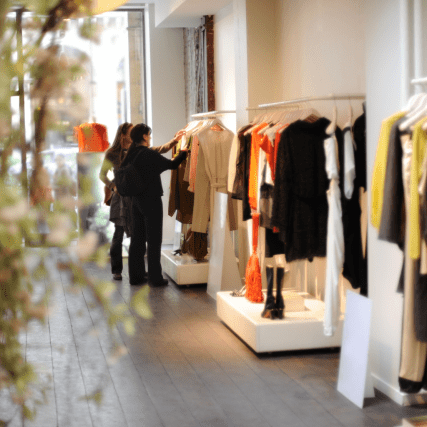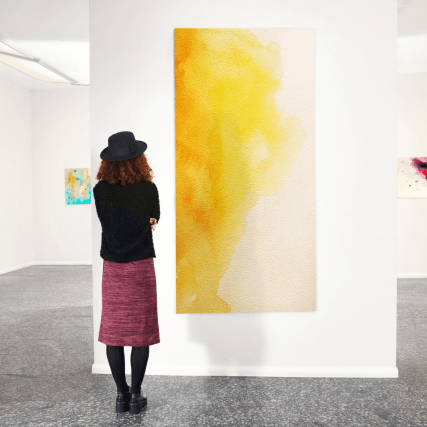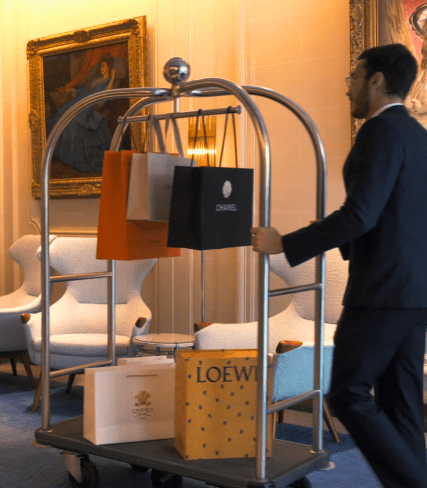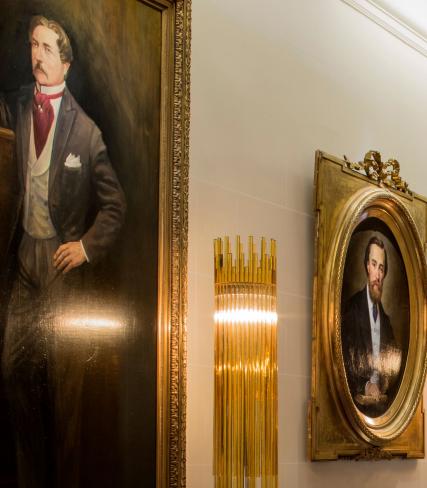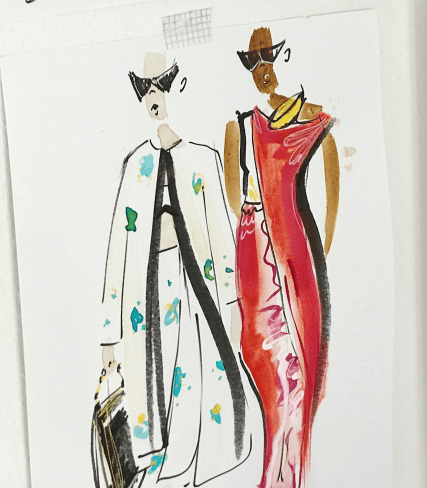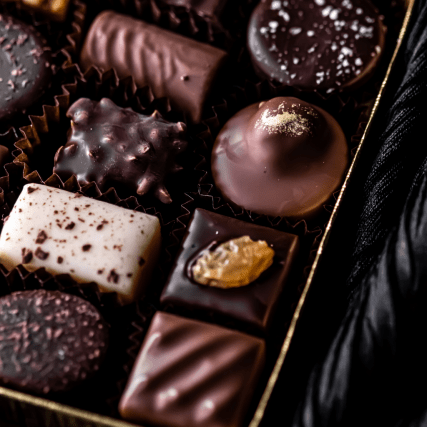
PARIS' MOST INDULGENT CHOCOLATE SHOPS
Le Dec 16, 2025 | Paris & Champs-Elysees
In Paris, gourmet addresses can be found on every street corner, from historic tea rooms to the workshops of artisan chocolatiers.
During a stay at Hotel de Sers, an intimate 5-star hotel near the Champs-Elysées, guests experience the very essence of Parisian luxury. Boutiques, restaurants, theaters… the best addresses are just minutes away from this Parisian residence, a true haven of peace in the heart of the city.
Discover the latest news from our luxury hotel and our curated recommendations to make your stay in the legendary Champs-Elysées district an exceptional experience.
Le Dec 16, 2025 | Paris & Champs-Elysees
In Paris, gourmet addresses can be found on every street corner, from historic tea rooms to the workshops of artisan chocolatiers.
Le Oct 1, 2025 | Paris & Champs-Elysees
From musicals to ballets, from circuses to immersive experiences, the capital overflows with events that bring young and old together around the enchantment of live performance.
Le Jul 2, 2025 | Paris & Champs-Elysees
A green rooftop, a private cruise on the Seine, an exclusive suite with a view... What if this year, you experienced July 14th differently?
Le Jun 26, 2025 | Our Hotel
Stay at Hôtel de Sers, a newly renovated five-star address just moments from the Champs-Élysées — a discreet Parisian retreat where quiet luxury reigns.
Le Apr 2, 2025 | Paris & Champs-Elysees
Let yourself be guided into an intimate escape featuring haute couture shopping sprees, secret addresses, girly tea time, and a relaxing wellness retreat.
Le Feb 25, 2025 | Paris & Champs-Elysees
Whether you're a passionate collector or a curious enthusiast seeking new discoveries, Paris is brimming with contemporary art galleries, from true international institutions to hidden gems cherished by connoisseurs.
Le Feb 6, 2025 | Paris & Champs-Elysees
Walk along the Seine’s banks, enjoy a dinner at an intimate spot, or watch the sunset from a legendary bridge… The capital is full of magical moments to share as a couple.
Le Oct 21, 2024 | Paris & Champs-Elysees
Paris, the undisputed capital of fashion, embodies a unique art of living where elegance is expressed in every detail. Parisians, often seen as style icons, possess an innate ability to blend chic with casual.
Le Sep 20, 2024 | Our Hotel
Nicknamed the "baby Palace," Hôtel De Sers is more than just a five-star hotel nestled near the Champs-Élysées. It’s a historic residence that embodies both Parisian luxury and the intimate charm of a private mansion.
Le Jun 19, 2024 | Paris & Champs-Elysees
When mentioning the pantheon of haute couture fashion, one name shines with undeniable brilliance: Yves Saint Laurent. A visionary creative genius and cultural icon, Saint Laurent redefined fashion boundaries, leaving behind a legacy that continues to inspire and fascinate.
